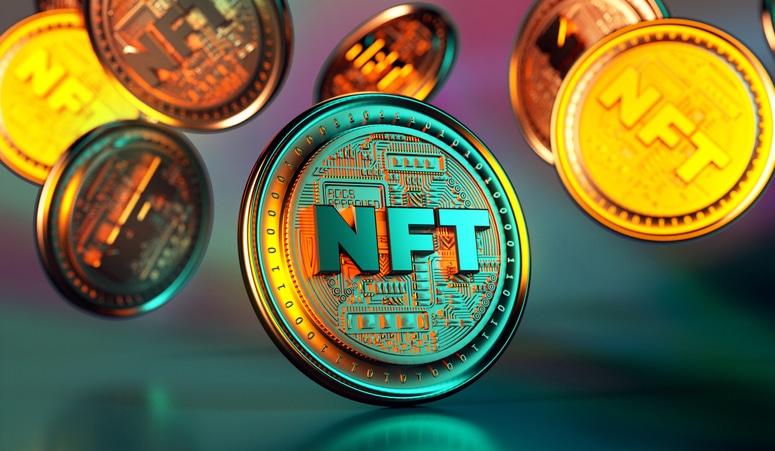Over the past month nonfungible tokens, or NFTs, have been all over the news. Saturday Night Live even got involved.
What are they?
NFTs are cryptographic assets that are on the blockchain with unique identification codes and metadata that distinguish them from each other. Since they are unique, they cannot be traded or exchanged at equivalency, which differs from cryptocurrencies such as Bitcoin, which are identical to each other and therefore can be used in transactions (i.e. you can now buy a Tesla with Bitcoin).
Why buy an NFT?
People are spending millions of dollars on NFT collectibles including artwork, digital images, sports cards, GIFs, music, video games, and other forms of creative art. By purchasing an NFT, you have a secure certificate of ownership over a digital object. As a collector, you are hoping that the value of the purchased item increases in value. For those that still remember the non-blockchain days, think of NFTs as a modern form of purchasing and collecting baseball cards. You buy them for your personal enjoyment and they may/may not appreciate in value.
How to buy:
NFT’s can be bought on a variety of platforms, such as Nifty Gateway, Rarible, Open Sea, and The Sandbox. Each platform has an online gallery where you can browse, purchase, or bid on items in a similar fashion as an auction house. A purchase or winning bid is paid for with cryptocurrency. A digital wallet is necessary to store your purchase.
Final thoughts:
NFT’s are relatively new. The current market is largely speculative and as with all markets, prices will fluctuate. In the modern and digital world we live in, NFTs will be another option for artists, creatives, and others to monetize their work, for collectors to purchase direct with fewer intermediaries, and for brands to establish their presence in the growing metaverse. Some further reading:



